Back at the end of last year, I posted my thoughts and a poll on what the next generation S camera might look like and what features are most important to S users here: Thoughts on the Next Generation Leica S
Overwhelmingly, resolution was the number one request, with most users wanting to see 60 megapixels. Other top wishes included a desire for better high ISO performance and improved dynamic range, while keeping the same speed as the S007. There were also those who saw value in 4K video using the entire sensor area. Interestingly, others felt as I did with regards to leaving the body alone, both to retain compatibility with existing accessories as well as appreciating what a great design is already in place. Now that the S3 has been officially announced at the press event on Tuesday, it looks like the major boxes were checked.
At the heart of the Leica S3 is a brand new, Leica-specific 64 megapixel CMOS chip. This new exclusive sensor architecture features improved dynamic range, superior high ISO performance with lower noise, a new color filter array for better color reproduction, and lower power consumption. The camera is still quick with a 3 frames per second shooting rate, down only very slightly from the 3.5 FPS in the S007, and the ISO range has been bumped from a maximum of ISO 12,500 to ISO 50,000. This looks very much like the camera most S users were hoping for. So, kudos to Leica for paying attention and delivering what customers actually wanted.
Outwardly, the S3 looks and feels identical to the S007, which isn't a bad thing at all. The current S body is extremely ergonomic and satisfying to shoot with. I've relied on the S system for all my serious landscape excursions for years. The S is a tank, through and through, holding up to some of the most gnarly conditions I can throw at it. Whether standing under a waterfall or laying in the surf, the S just works, turning out breathtaking image quality. And the optical viewfinder is second to none, offering up a clear, bright and expansive view through the stunning S glass. Now, Leica seems to have taken that formula to the next level.
At the show, before my scheduled interview with Toni Felsner, the product manager for the Leica S3, I had the chance to play around with the camera. Leica had numerous working prototypes placed around the booth and in the back press room. They also had a small photo studio set up where you could shoot the camera tethered to a computer running Lightroom. All the memory card doors were glued shut. Yes, I checked. A this point Leica doesn't want anyone sneaking off with files before the camera's processing algorithms are fully baked.
But, I can attest that the cameras all work perfectly, and that the resulting images on the LCD screens and during tethered shooting looked great. I was able to zoom in to 100% on the LCD, which was just about as quick as doing so on the S007. This was one of my concerns with putting so many more megapixels into the camera, but speed doesn't seem to be an issue here.
Remember, the Maestro II image processor in the S3 can churn through 320 megapixels of raw file data per second. That's still enough capacity to render and display five images per second at 64 MP. So, even though we're not seeing a new generation of processor, Maestro II was designed with ample headroom. Honestly, there wouldn't be much benefit here shifting to a new architecture.
I checked out some massive prints from the S3 that had to be rolled out on the floor. These handheld landscape shots were incredibly sharp and detailed. I got down on the floor to scrutinize them and I still couldn't find any fault. The level of resolving power between the S lenses and the new sensor is impressive, to say the least.
The following day, I had the chance to chat with Toni Felsner, product manager for the Leica S3. Toni and I have known each other for the better part of ten years, back to the early days of the S2.
DF: Hey Toni. Thanks for meeting with me to discuss the S.
TF: My pleasure.
How's the show going so far?
Great. Lots of interest in the new S3.
This show is significant for the S, isn't it?
It's actually been ten years since we launched the S System. We've had three generations of S camera. We've delivered 16 major firmware updates to our customers. We now have 16 S lenses in our portfolio, six of which have central shutters. And now we're very excited about the S3 launch.
What has changed for the S3?
Primarily, we have changed the sensor, increasing the resolution from 37.5 to 64 Megapixels while improving overall image quality.
Is the sensor adapted from another Leica product?
No, this is a completely new design, made specifically for the Leica S3. You will not see this sensor technology in any other camera.
What about a low pass filter?
No, we only have an IR filter glass over the sensor. A low pass filter would reduce resolving performance, so we don't use it.
Conventional wisdom says that as resolution increases and pixel size decreases, dynamic range and high ISO performance suffer. Is this the case with the new sensor in the S3?
Absolutely not. We stayed at 37.5 megapixels for as long as we did in order to focus on delivering maximum image quality. Top DR. Excellent high ISO. But, sensor technology has evolved and we are now able to achieve both an increase in resolution and, at the same time a two stop improvement in noise performance, and even greater dynamic range than the S007.
Wait. Better dynamic range than the S007? With over 15 stops of range, the S007 is incredible. It's changed the way I approach landscape shooting.
Yes, we are going to be able to offer even more. Wait until you see it.
That's incredible. Any other cool tech on the sensor side?
So the sensor features a dual gain structure, which allows us to maximize higher ISO performance. In our test shooting, ISO 6400 looks super clean. Almost no noise whatsoever. And, the noise profile on the files at even higher settings looks less like noise, and more like grain.
Also, we implemented a new color filter array, which is going to offer really amazing color. We will tune the output for skin tone, but it will work extremely well for a wide variety of applications like landscape, architecture, fine art, etc. You'll especially see an improvement in the red channel, which has always been challenging for digital photographers when photographing bright reds, like automotive paint, or flowers in the sun.
Clearly, you were focused on image quality. Did you think about any other criteria when you were developing the camera?
We really worked on making the sensor very power efficient with extremely low heat output. By running the sensor cooler, this gives the user better battery life, but also delivers the best image quality. You don't want a hot sensor. Not for video, and not for absolute best image quality.
I've noticed that some of the mirrorless competitors can run a little warm.
Yeah, this is one of the reasons why we feel it is best to stick with the DSLR form factor. We have absolutely no problem with dissipating heat, and this allows us to not sacrifice any quality.
Would you consider bringing out a mirrorless in the future?
Sure. We would certainly take a look. We, of course, listen to our customers and hear this request. But, we will not do it if it means sacrificing absolute image quality. This is always our top priority. If the technology becomes available, we would certainly be open to this idea. Right now, we are completely focused on the new S3 and optimizing image quality before delivery.
And what about the video features?
We are able to offer 4K video across the entire medium format frame, which is a first. So you get to keep the look of the still photos. No crop on the lenses. Same Leica look and color between stills and video.
How about the speed? The S has always been one of the fastest medium format cameras on the market since the S2. With so many more pixels to deal with, will this effect the speed, either with regards to frame rate, or review?
So, we were able to keep the speed up with fast Maestro II processing. The frame rate only drops slightly from 3.5 fps on the S007 to 3 fps on the S3. This is still extremely fast for medium format. Even with a good sized 2GB buffer, the larger 64MP files do take up more space. So instead of the buffer depth of 12-15 shots on the S007, the S3 will shoot around 7-8 images before the buffer fills. It does clear quickly, which we think will be adequate for most users.
Playback and operation are very similar to the S007. Here, we still keep the camera very responsive and nice to work with.
The camera looks great. When can we expect it to be available?
Our plan is to start delivering in Spring of 2019. We still have some things we want to optimize, but the quality is already outstanding and quite promising.
Would it be possible to for customers with the S007 to have their cameras upgraded to the S3 by Customer Care?
We did consider the possibility of an upgrade program, but because the entire camera would have to be taken down to its base components and rebuilt like a new camera, with full calibration and alignment, along with the cost of the sensor and supporting technology, the cost would be quite high. We figure that most customers will find it more economical to trade-in or sell their current camera.
And what about pricing on the S3?
We will announce the final price as we get closer to the release of the camera.
Thanks so much, Toni. I can't wait for the camera.

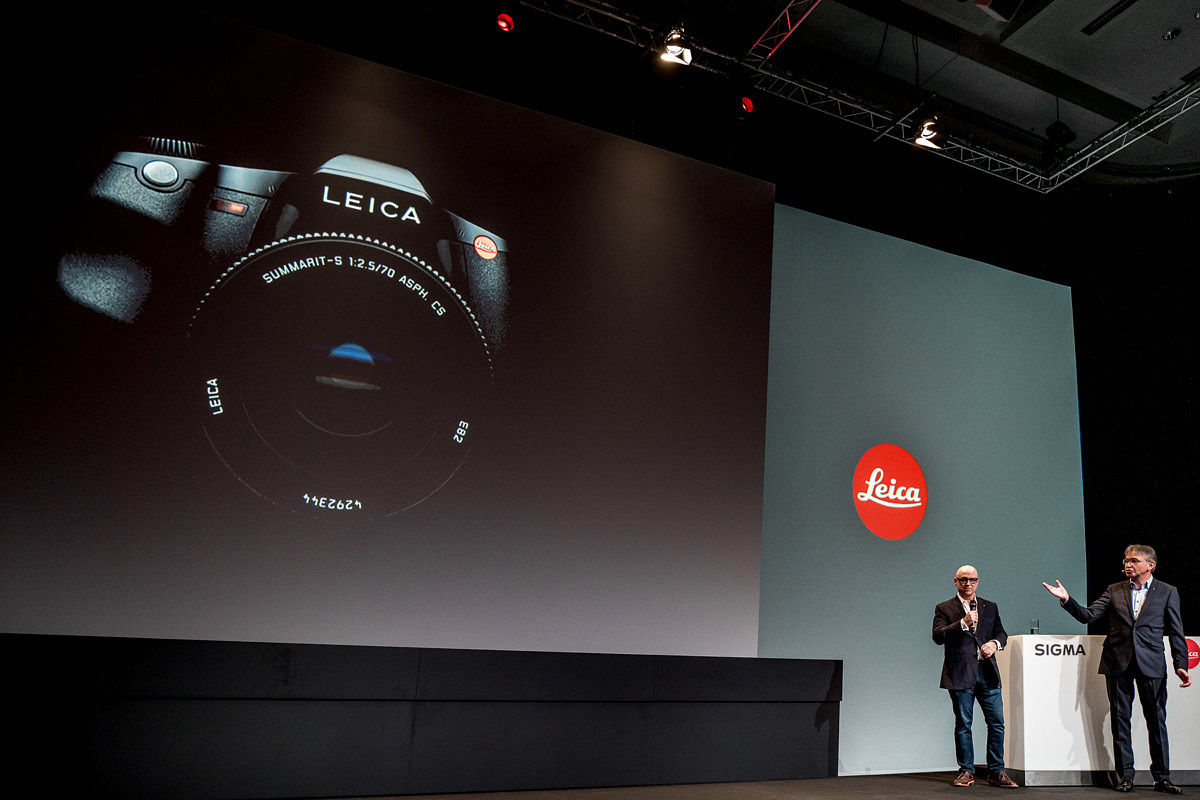
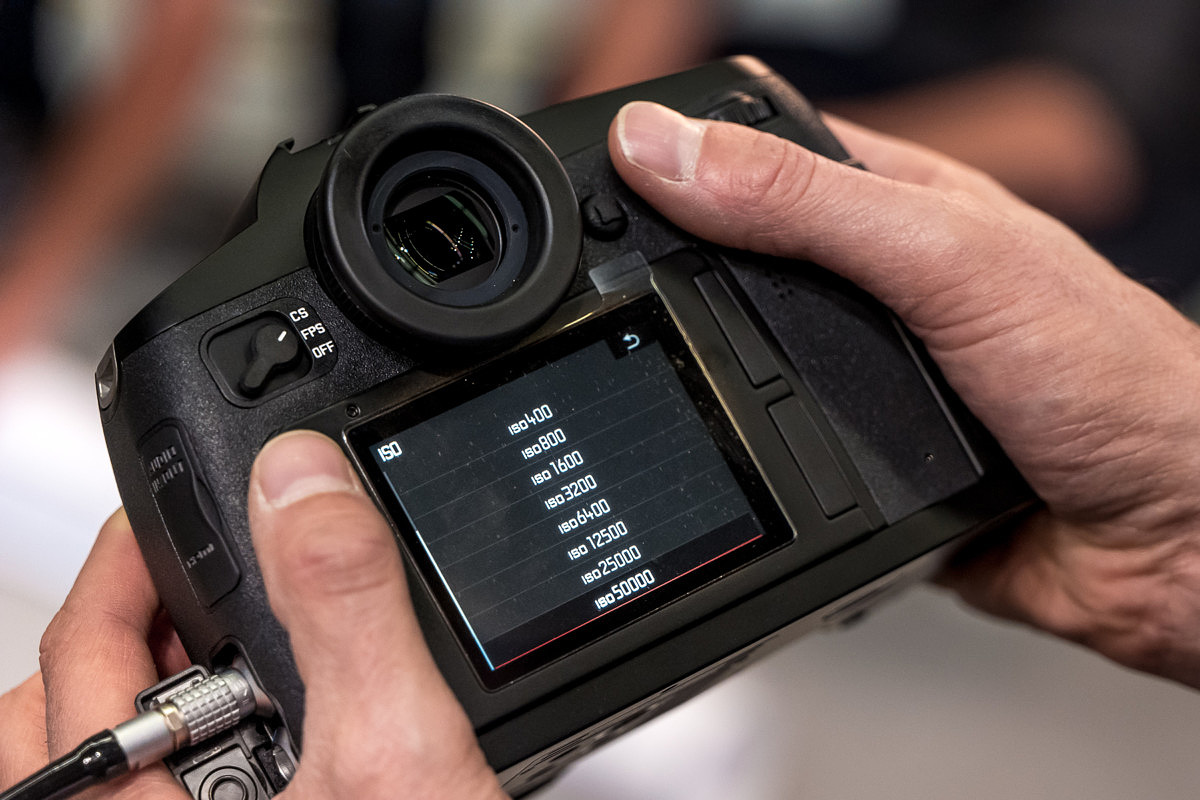
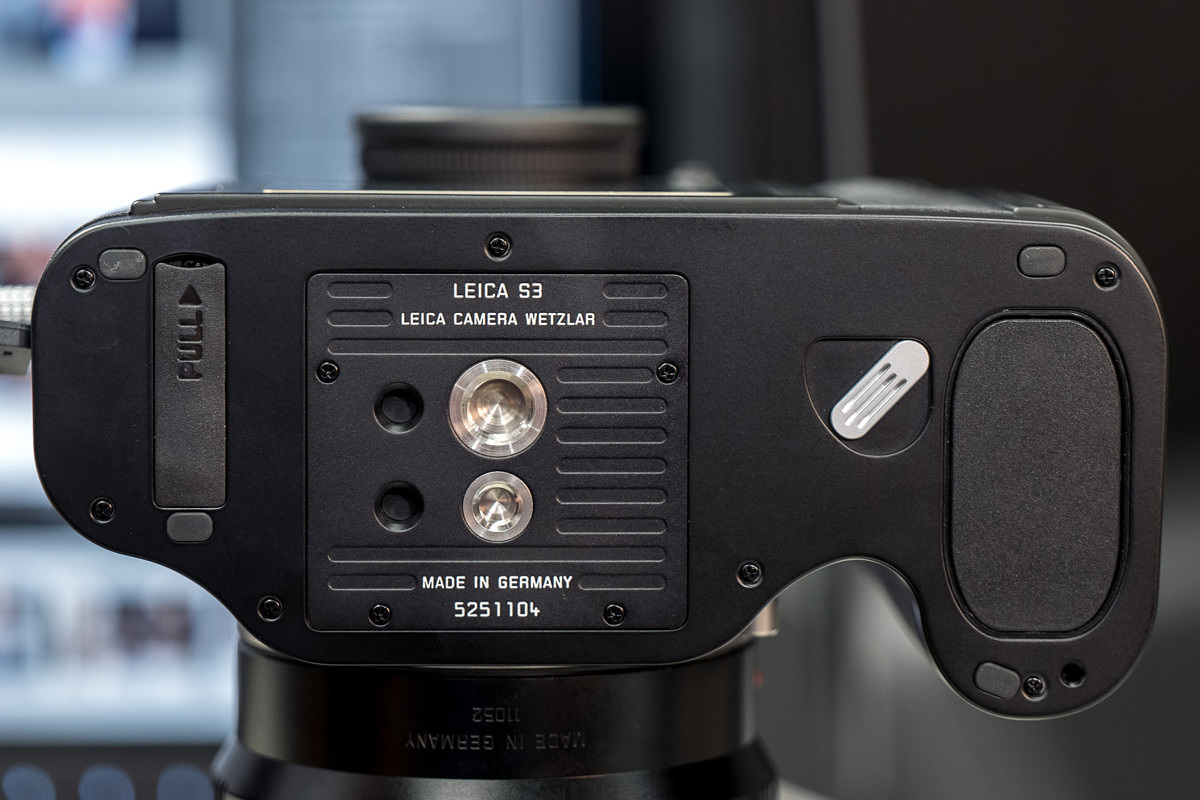
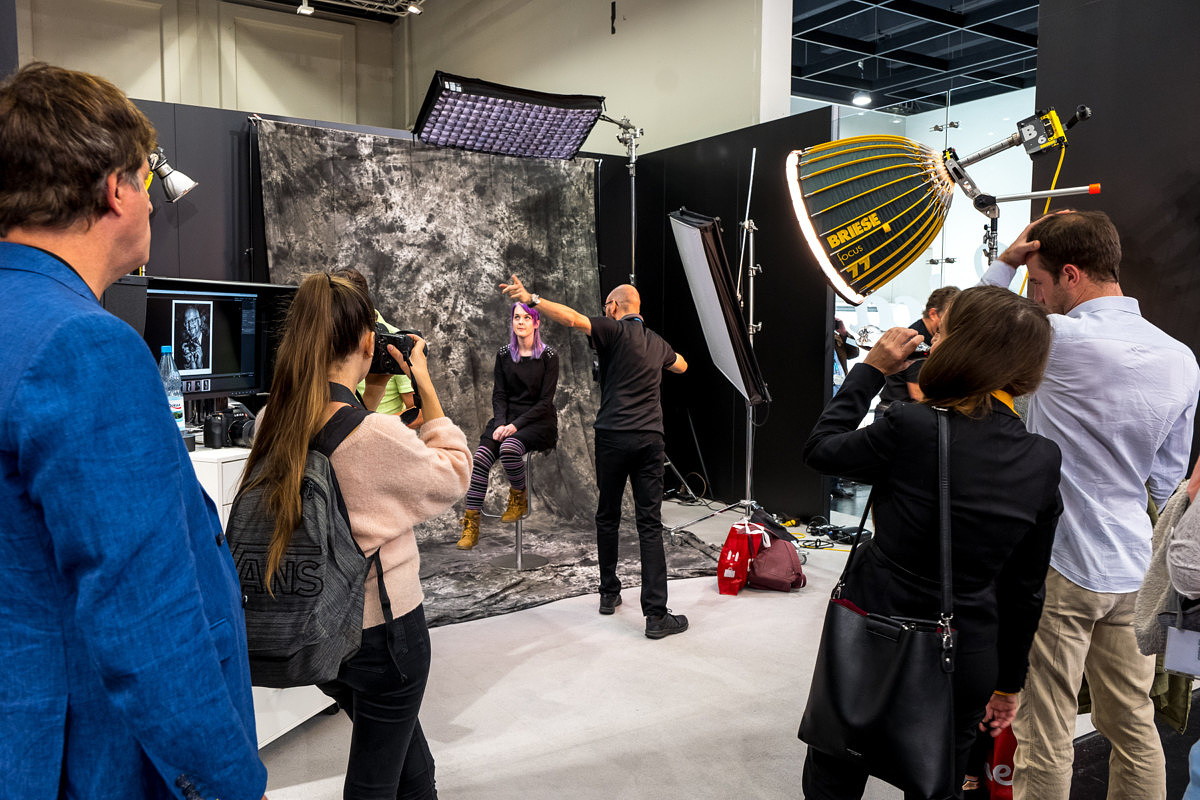
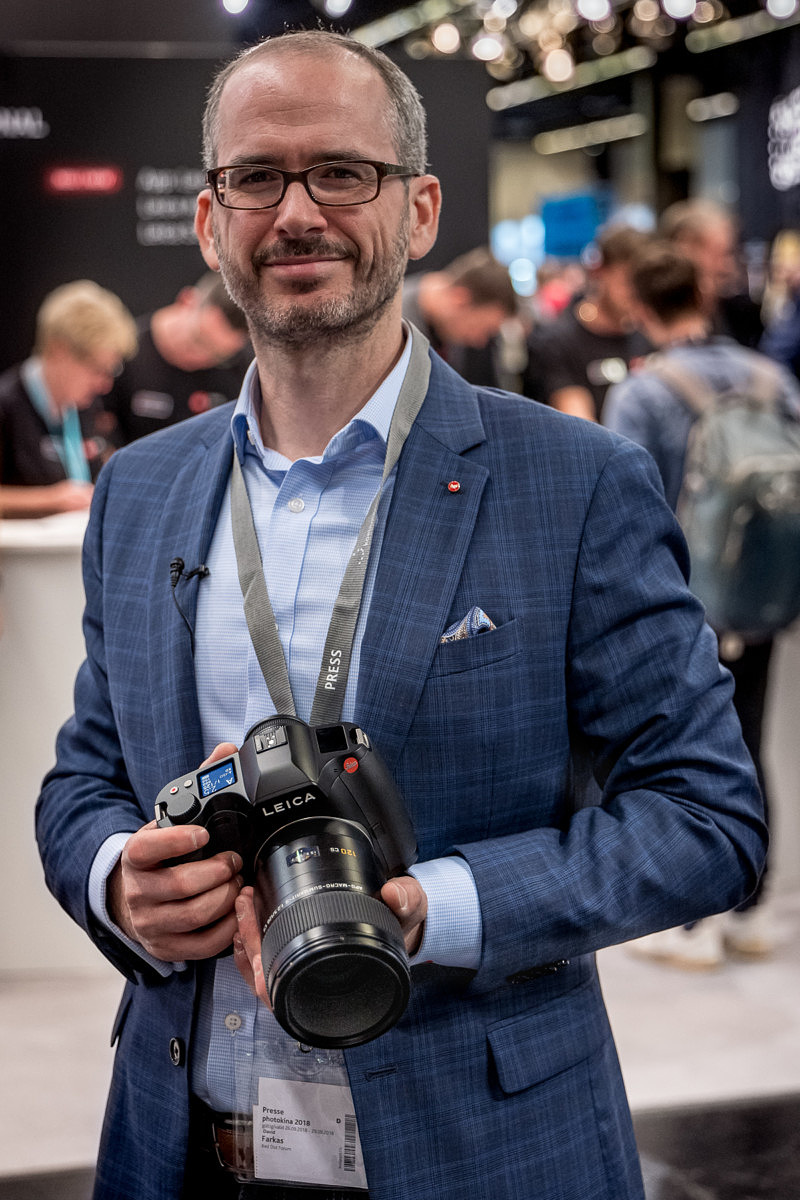
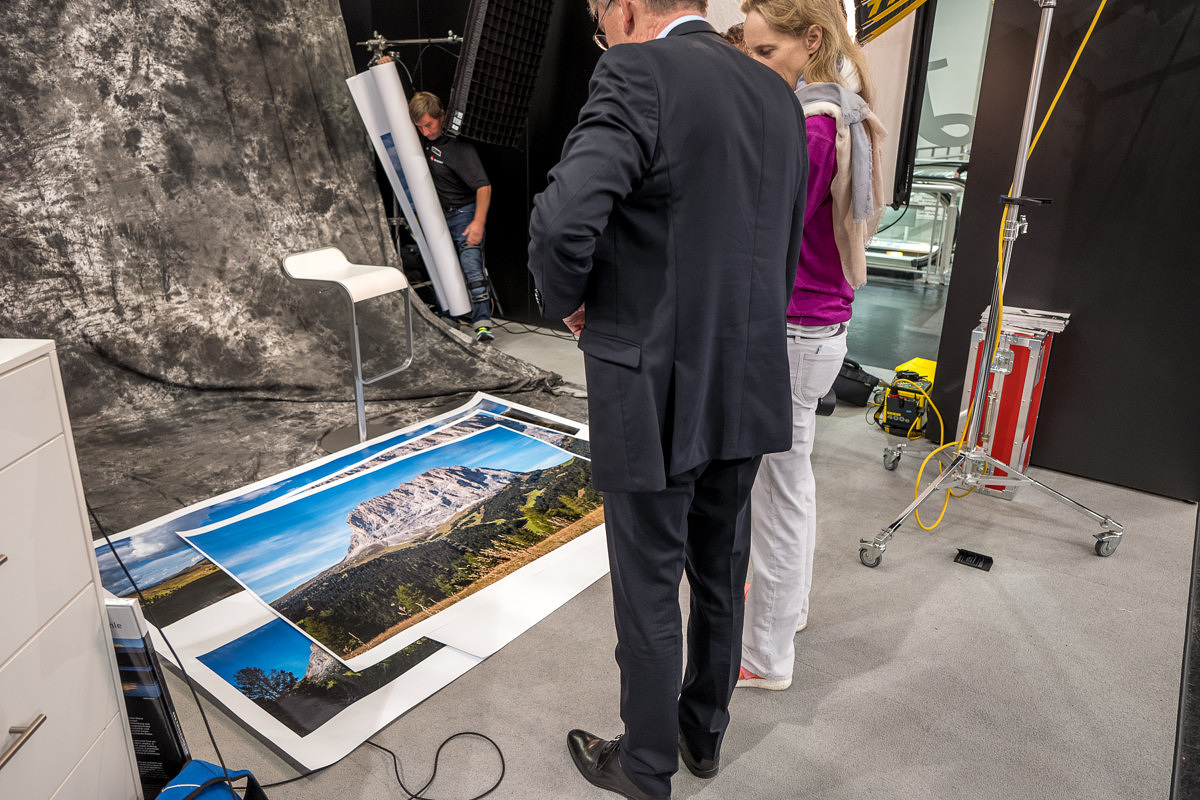
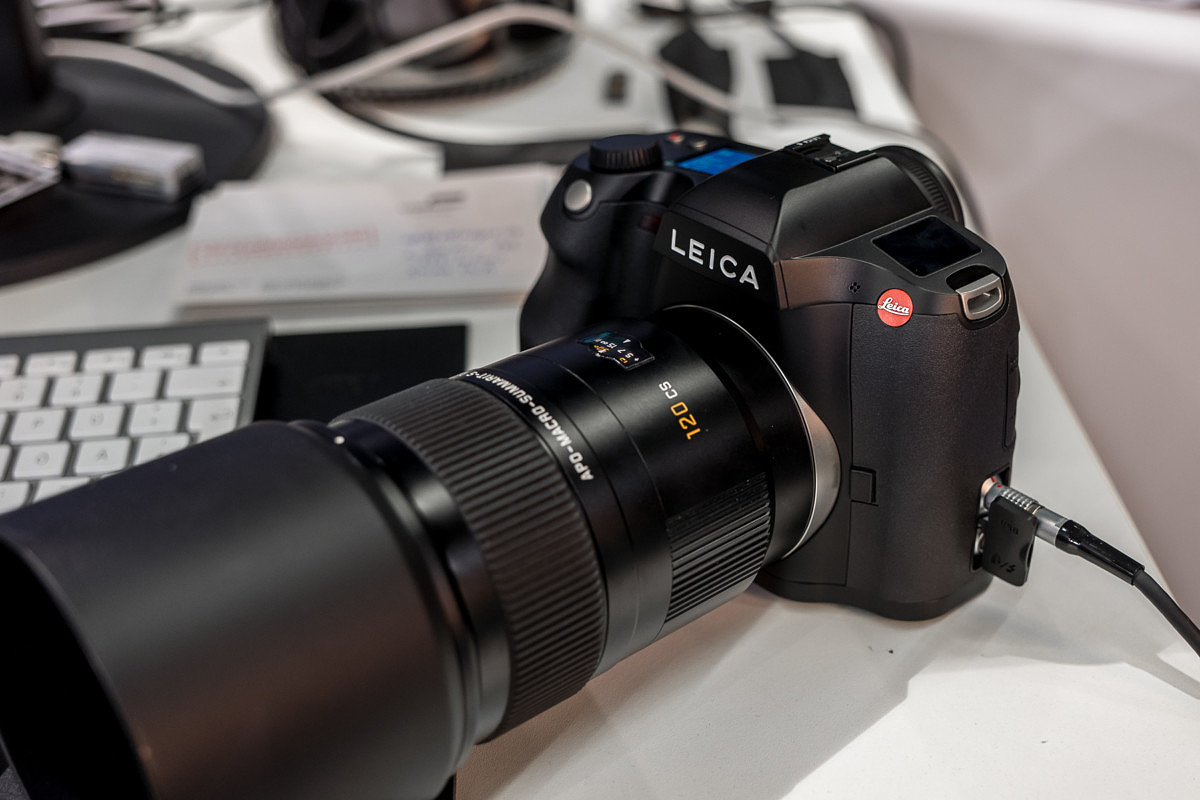
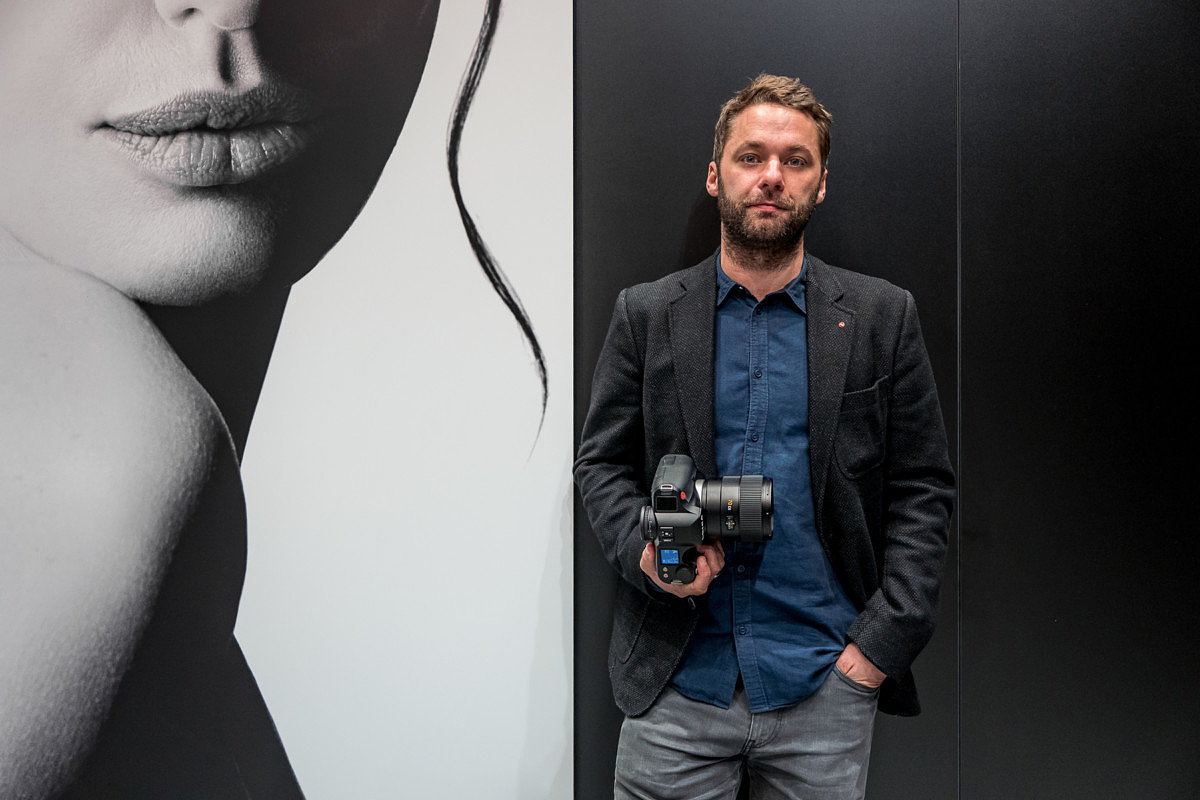
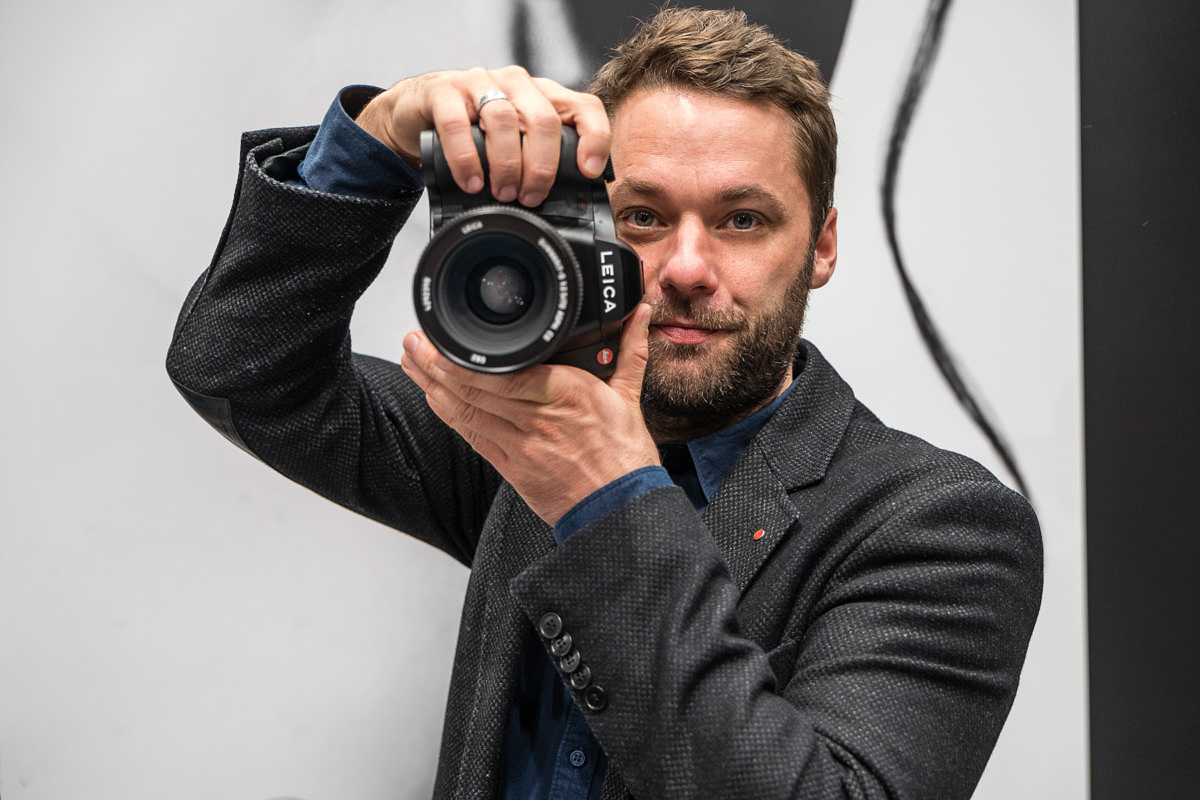
Nicely done,
Thanks
Jack
Wow, 6-7 frames before a 10 second wait to clear the buffer on a $25k camera targeted at fashion and for which one of the main selling points was supposedly speed? My guess is Leica are too lazy to re-develop the logic board to put in more RAM.
Delivered in Spring 2019, supposedly is not “delivering what customers actually wanted”?
Price rumoured to be +$25k?
I know it’s hard to be impartial David, but do you really think this will be a success for Leica this time round?And why on earth does it take so long to deliver a new sensor? Did they only start this year?
Paul,
I agree that buffer memory should have been increased to 4GB on this generation. But…. Most fashion photographers don’t shoot at full burst. Quick, yes, but not at burst speed. I think at a fast single shot rate, the S3 could keep up. A Phase One only shoots about 1 FPS max, and these are used in fashion work all the time.
For me, I see the S3 mainly as a landscape and travel camera, which is how I personally use the S007. The more compact body, full weather sealing, long battery life, excellent high ISO, and class-leading dynamic range make it the perfect tool. As a landscape photographer, do I personally care about burst depth, or even maximum FPS? Nope. The S was never intended as a sports or PJ camera, two areas where fast frame rate is paramount. Rather, the speed of the S that matters is the shot-to-shot responsiveness, playback speed and ease of operation. This is what I tested during my handling of the new camera, and it feels just as responsive as the S007.
Based on my own desires as a long-time S shooter, feedback I’ve received on articles, and direct conversations I’ve had with other S users, yes, I do think the S3 will be a success. Would I have liked to see other updates? Sure. But for me, I already love the body, lenses, viewfinder and overall shooting experience of the S. I already know how solid a workhorse it’s been for me in the field. What I, and others, really wanted was a bump in resolution without sacrificing DR or low light ability. What we got was additional resolution and a marked improvement in DR, high ISO and color fidelity.
I don’t know when Leica started development, but if the final result is the best sensor on the market, then I’d say it’s worth the wait. 🙂
very enlightening!
Albert
Phase one is the best.And Multishot Quality of Haaselblad it never gain.Who needs something between DSRL and Hasselblad/Phase one.Leica lenses are exceptional and this is the only reason Leica survive.
If the S3 was mirrorkess, I would have strongly considered it. I have the SL to thank for that. Once you experience the advantages of a mirrorless, implemented as well as the SL, it’s so hard to go back to a DSLR.
The other plea I have to Leica is, please please please work with Profoto so that they support HSS in Leica cameras! This is the biggest reason I underutilize all my Leica systems. I rountinely need to sync faster than 1/250 or even 1/1000, which I believe is the sync speed for CS lenses.
Just one additional comment related to why I would prefer mirrorless – if I were a landscape shooter, I would absolutely consider the S. But I shoot primarily fashion and beauty. I’ve switched to the Fujifilm GFX system for that. With the S, I would constantly have to focus and recompose because of the single central focus point, without great confidence I was able to nail critical focus on the eyes. On the mirrorless GFX, a vast part of the sensor is covered with focus points. Furthermore, I generally use eye autofocus on the GFX which is really great. When Profoto released support for Fujifilm cameras, that was a big reason for why I switched over. So Leica, in your next iteration please consider mirrorless and furthermore, we desperately need better creative lighting systems to be integrated with your cameras ASAP!
I’ve been at the Photokina and had the S3 in my hands: As an S2 owner I’ve been waiting frustratingly long for an upgrade in resolution and multiple focus points all over the sensor. The first happened finally, the latter still not. And I’m not alone with this complaint.
To summarize: The S3 is exactly an S007 with a just higher resolution sensor, that’s it. It should have been the S007 released back in 2014.
The S3 now is a tad slower, but still fine. Fluidity remains to be proven under real world conditions. I’m not totally convinced in that regard as shooting on a single fast frame rate could potentially end up with black outs.
What is more my point: not all the S photographers are Landscape shooters David. You have to accept that in the photography world there is more than just your landscape perception. Many of us use it for commercial and people photography. And there, the S3 with a single central focus point is outdated.
On a editorial shooting, having to recompose all the time the image after focusing is extremely annoying.
My mates who use the PhaseOne XF and Hasselblad H system have all the same complaints as their systems do also only have one single central focus point.
We can debate whether the resolution of 64mpx is enough. Personally, I’m fine with it. But there is absolutely no excuse in regard of multiple focus points. The technology is available and other brands have already implemented it in MF.
Other points: You mentioned the processor (Maestro 2) and RAM (2GB), but forgot that the resolution of the rear display is also the same. With 956’000 this is really poor as for today standards of more than 2mio pixels. Especially giving the fact that we will have to wait another 4 years for the next refresh update.
You may be happy with the resolution, I’m not. Especially outdoors I wish it would have more to control accurately the focus.
BTW: The 4K full read out says nothing about quality. This is defined by the codec and color bit depth which for the S3 is 8bit 4:2:0 in MOV codec. Disappointing like on the SL, which certainly makes more sense for video. Hence, why try to sell this feature on the S if it’s not really usable?
My presumption is that Leica had too many S007 bodies in factory without selling it. As resolution was one of the killer criteria they implemented the new sensor into the ‘old’ hardware body leaving the real processor, electronic circuitry etc. and hopefully multiple focus points functionality upgrade for the next cycle in 4 years.
I just doubt if I will have that much patience..
Phillip,
I understand your concerns.
I suppose I’m not bothered by a single focus point. Even when given the option of multi-point focus on the SL or CL, I usually prefer to use a central point and recompose. I often find moving a focus point around to be distracting and slower than simply focusing and reframing. For landscape shooting, I use the top display DOF readout and dial in the focus manually, which is one of the S007’s killer features (also on the SL).
Having also shot the S2 a lot, then the S006 and S007, I can safely say that even before the resolution jump of the S3, the S007 is a completely different shooting experience from the S2. The ergonomics and speed are already quite good. The added DR, ISO range and resolution of the S3 are really what most users wanted, myself included. I also use the S for shooting other than static landscape. It handles walkaround shooting just fine. Even at night.
Would I have liked a better LCD? Of course. More capable video? Maybe, although I use the SL for this, so it’s not my top use for the S. I can think of a handful of nice-to-haves, but Leica’s focus was clearly centered around maximum image quality and I do think they have delivered on that goal. Some may not feel the resolution is adequate, but I’ll take a camera that is pushing 16 stops of DR, can shoot cleanly at ISO 6400, handles like a champ, offers all day battery life, is virtually impervious to the elements, has a phenomenal range of lenses and one of the clearest and brightest viewfinders ever made, along with *only* 64MP of resolution.
Now that Phase One seems to be relaxing their staunch “No Capture One” for direct competitors policy by announcing C1 for Fuji GFX et al, as they have stated an intention to only release “full frame medium format” from now on, might be a good time to push for C1 for Leica S.
I shoot Leaf (on H) and Sony, and will only consider systems that work with C1. Had a S007 in the studio on loan for a week and it was a nightmare trying to use Lightroom to tether. Sadly gave it back as it was not useable. Really wanted to buy it but just couldn’t do it. The workflow does not end at tripping the shutter, and for commercial work, C1 is the standard. Perhaps you could mention it next time you are speaking to Toni.
What a good looking and awesome guy!:). Thank you David for the reporting that is head and shoulders above anything else I see on Leica S3. I’m using an M10 since its release and got into medium format with the Hasselblad X1D. The S system have not crossed my mind before that but now it did, and I find your posts consistently best-informed and answering most of my questions. If only the S system was lighter.:). I finally went to my local San Francisco Leica store and handled the S007 and it felt great with an 100mm. The Hasselblad folks warn me that an S system with a 24mm lens will weigh as much as an X1D with three lenses. But the 100mm alone was worth getting a cool DSLR like that. I’m a huge fan of optical viewfinders (have Pentax DSLRs and Fuji X systems) so the S3 will be extremely tempting when it comes out.
Peter, thank you for asking my question regarding the upgrade. Although I understand their point of the work involved in replacing the sensor unit, with what they are offering, the trade-up price should not be as high as their previous offering. I will wait for their offering first to see if I stay with this system or not.
As others have said, I was hoping they would at least upgrade the LCD display in addition to the sensor. And for me, the eyecup piece that I need to replace one every year costing more than 50USD each, and that rubber skin that keeps peeling every summer (although Leica replaced them for free so far) should have changed to at least something similar they have done to the SL.
I, unfortunately, cannot recommend anyone going into Leica S system new with so much cheaper options with similar if not better results (hope the new sensor changes that dramatically). With what I have, the SL lenses seem to resolve better than the S series. But at least one advantage being the DSLR is that the battery life is great!
Looking forward to your review of the S3!